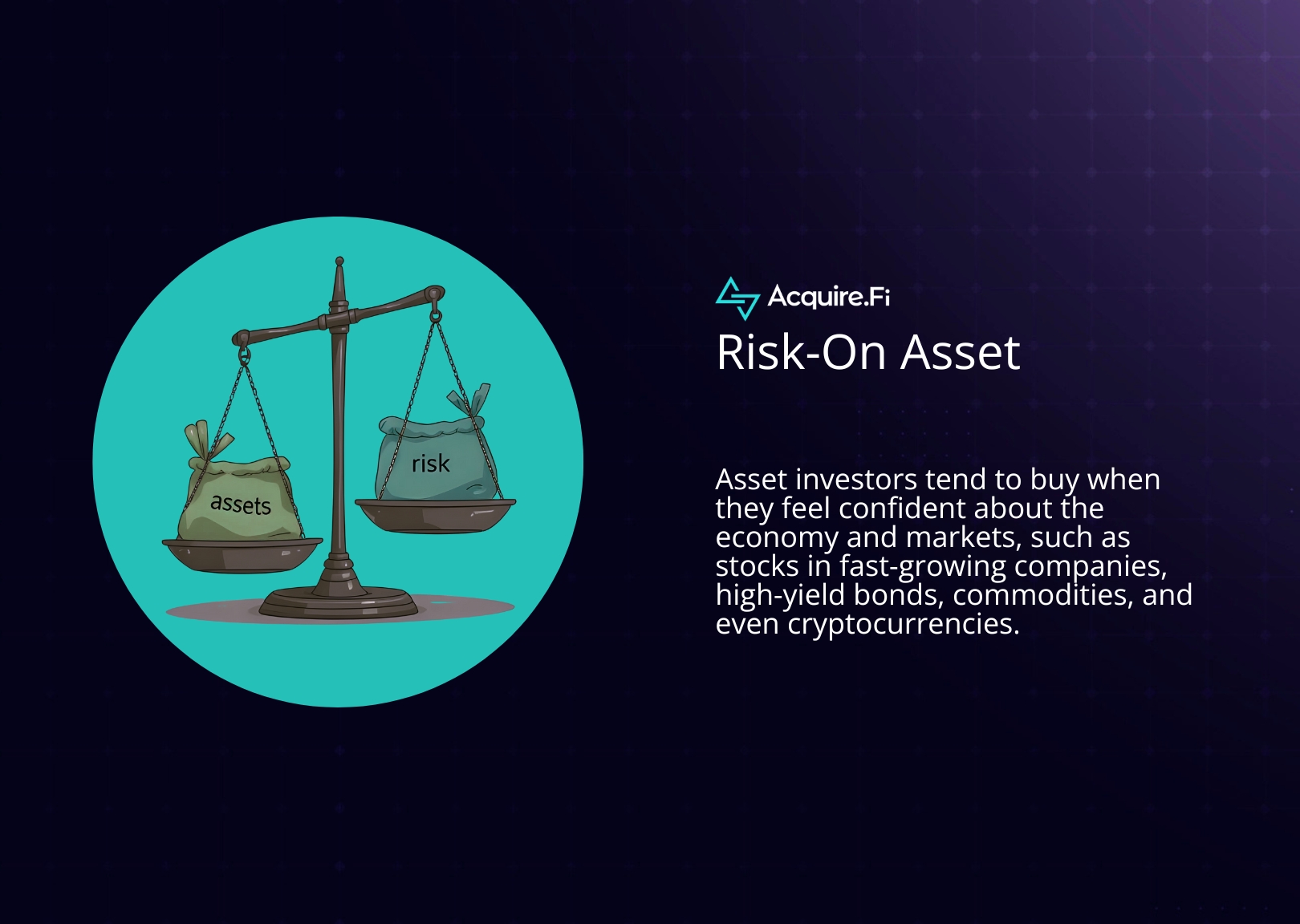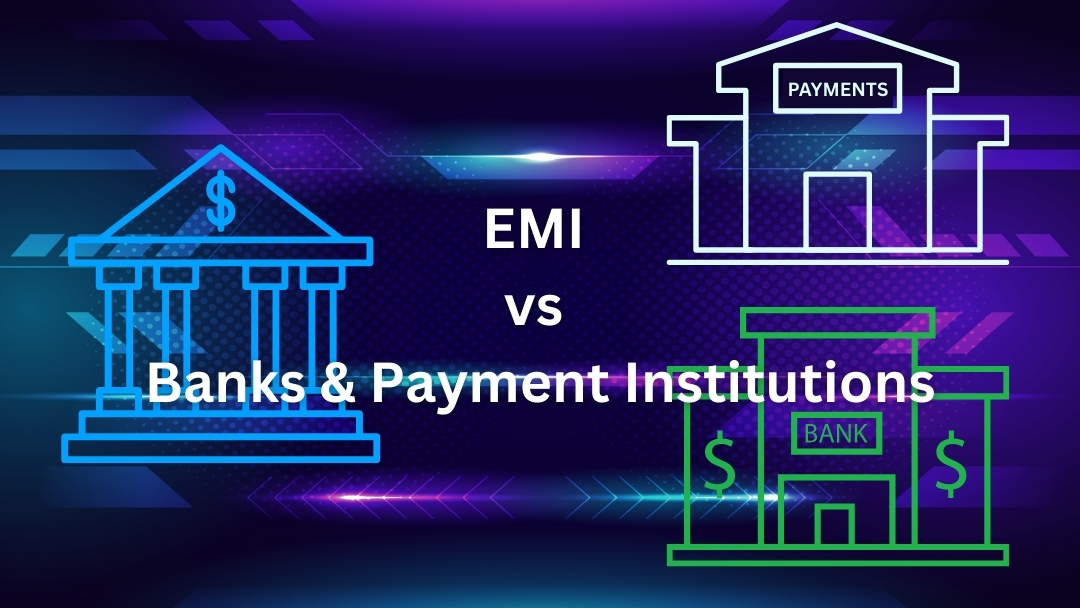
How Crypto Influencers Can Boost the Adoption of a Project
A crypto influencer is someone who helps people make sense of digital assets and blockchain services. Think of them as a mix of translator, guide, and community host. Crypto influencers dedicate their time to transforming complex whitepapers and documentation into accessible stories for beginners. Some read test products and explain their findings in plain language. Others focus on trading and market moves, build tools, or teach code.
A typical day for a crypto influencer may involve sifting through the industry noise, deciding what deserves attention, and packaging that into videos, threads, newsletters, or live sessions. They may also highlight risks, call out problems, and push blockchain projects to fix them.
Why do audiences listen to them in the first place?
Getting started with cryptocurrency is a little scary, as there’s money involved and blockchain concepts are complex. Newbies often lean on experts when they feel unsure, and they also copy what they see trusted folks doing in public. People tend to trust content creators who explain their methods, cite sources, and have a clean track record.
Social proof is another. When audiences see real comments, on-chain addresses, and public transactions, they feel less like a test subject and more like part of a crowd that has already crossed the river.
Parasocial relationships matter too. Crypto content creators build a familiar voice over time, and that familiarity lowers the pressure of trying something new. People also love stories. Numbers are great, but stories get people to act. Good influencers stitch data, diagrams, and lived examples into a narrative that points to a specific next step.
Beginner crypto enthusiasts can also save time. Instead of poring over documents, they can watch someone trusted go through the flow, share tradeoffs, and provide a path that feels safe.
Finally, crypto influencers explain perceived risks. A headline about a network exploit can make new users freeze. A careful educator can walk through what happened, how common that class of issue really is, what audits covered, and what users can do to stay safer.
Content formats and how they shape behavior
Different formats move different levers in the brain. Long-form video and livestreams create space for trust because viewers see the whole flow, including mistakes and fixes. Threaded explainers and visual carousels break a concept into small, digestible steps that newbies can follow. Newsletters and research notes sit in the inbox, ready when users finally fund their wallet. Telegram and Discord chats keep the loop tight. When someone hits a confusing error, an active thread turns that roadblock into a quick answer instead of a rage quit.
Why do crypto projects need influencers?
Crypto projects need help because it’s challenging for a new coin or platform to stand out and generate excitement among users. When several credible influencers promote a token to their audience, network effects can kick in. People bring friends, questions get answered faster, and the whole community starts to feel like a place worth staying.
Influencers can also make the first attempt at buying a token or using a crypto platform feel more manageable. A single good thread or two-minute clip about failed trades can save thousands of users from the same dead end. Less friction equals more second tries, and second tries lead to adoption.
Finally, independent explanations carry more weight than self-promotion. A respected influencer who runs through a feature and shows the actual result gives a different kind of confidence than a landing page ever will.
How influence shifts across a project’s life
Early on, a crypto project needs clarity about the problem it aims to solve. Influencers who ask sharp questions in public help with that. They show what worked, what felt clunky, and what they want to try next. Around a release, third-party demos compress the window between hearing about a feature and trying it. Later, the discussion shifts to more in-depth topics. Users want to master advanced settings and integrations with other tools. At that stage, influence looks less like hype and more like mentorship.
Community dynamics and the social engine of adoption
Audiences turn into communities when they feel seen and when helpful behavior gets rewarded. Influencers nudge that shift by highlighting good answers, crediting contributors, and saving solutions in public docs.
Public modeling matters too. When respected voices stake, vote, or publish a small open source helper, they lower reputational risk for other builders and power users to follow.
Everything will have a snowball effect over time. New users find answers faster, experienced users tackle more complex problems, and influencers can spend time exploring new features.
Common failure modes
There are several scenarios where a crypto influencer campaign may fall short of its objectives:
- Wide reach does not guarantee healthy adoption: If an audience doesn't match a product, they will try once and never return. A crypto trader crowd pushed toward a developer tool will not behave like a builder community.
- Heavy complexity at first touch kills momentum: Beginners tend to give up creating an account or starting a trade if it requires ten steps, no matter how skilled the influencer is in explaining the process.
- Hidden incentives always bite later: When a creator hides sponsorships or a project buries conflicts, the story can spread fast, which can lead to takedowns and community backlash.
- Influencer selection: Creators tied to past rug pulls or serial shills bring skepticism that torpedoes conversion.
- Creative and message failures: Big claims not backed by facts, scripted reads that ignore crypto-native language, and in-jokes invite hostile comments and depress share rates.
Points to consider when partnering with an influencer
People tend to trust content creators who keep the facts straight, state risks, spell out any conflicts of interest, and are transparent when the latter flips into sponsored mode. That is why projects should only consider working with credible and ethical content creators when launching a Web3 influencer marketing campaign.
Consistency also counts. When a creator owns an error and posts a correction, that is not a weakness but a sign of maturity. Audiences love that and are more receptive to creators who admit to making a mistake.
Independence might be the strongest trust signal. Audiences feel safe when a creator keeps editorial control, can critique what they test, and shows where a product falls short. Crypto projects that partner with trusted and independent influencers appear more serious and tend to attract an enthusiastic user base.
Localization and culture should also be factored in. Crypto is global, but usage patterns and even slang change from region to region. A Spanish-speaking educator who understands local on-ramp options will simply do a better job for that audience than a generic English tutorial.
Crypto influencers can significantly boost adoption when their message aligns with user needs and the product delivers on its promises. Blockchain developers receive honest feedback and a steady stream of users eager to learn, rather than just chasing headlines. Keep the focus on clarity, evidence, and user experience, and influence starts to look a lot like education that sticks.











.webp)